Victoria
The Victorian period is famed for the rapid advancements in science, industry and the arts. Under Victoria, Britain became the world's first industrial power and the queen’s influence is still felt today. Discover the three portraits of Victoria with our collection of Victorian coins, medals and sets
Product range

1893-1901 Victoria 'Veiled Head' Gold Sovereign
Very Fine Condition
Price: £550.00
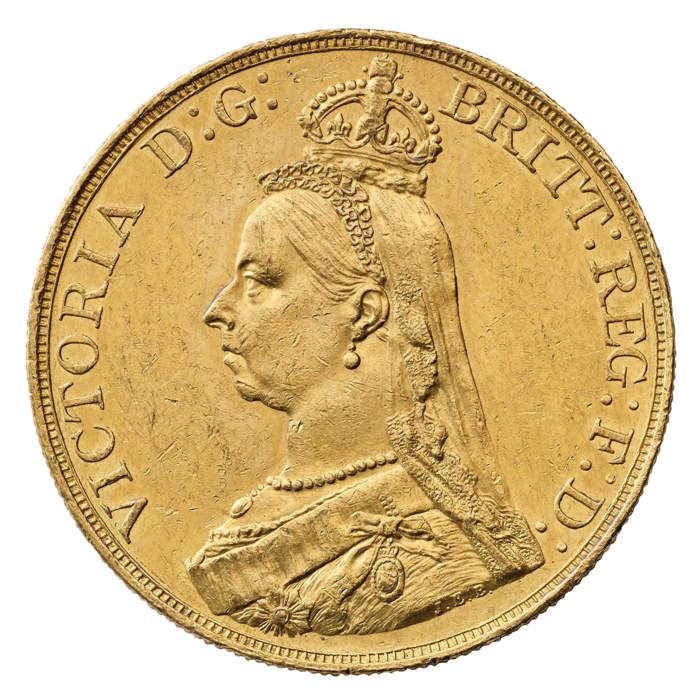
1887 Victoria £5 Sovereign
Very Fine Condition
Price: £3,495.00
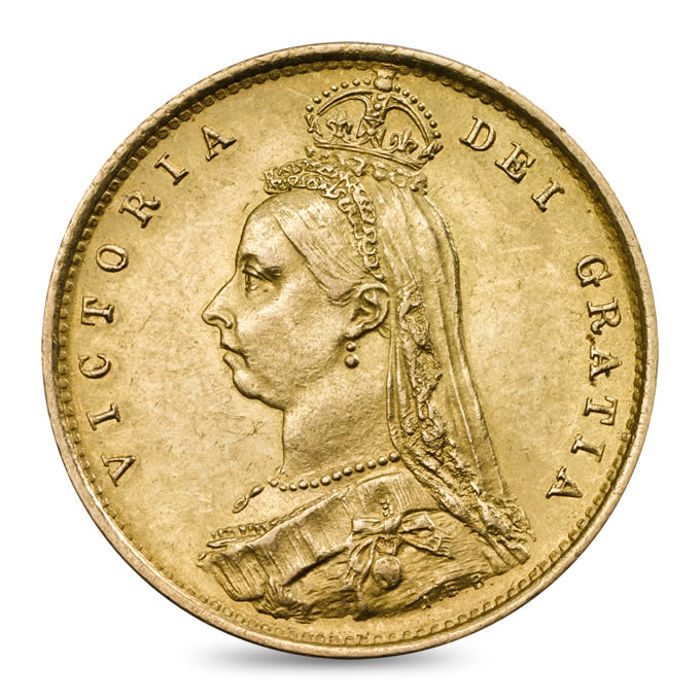
1887 Victoria Half Sovereign 'Jubilee Head'
Minimum of Fine Condition
Price: £330.00
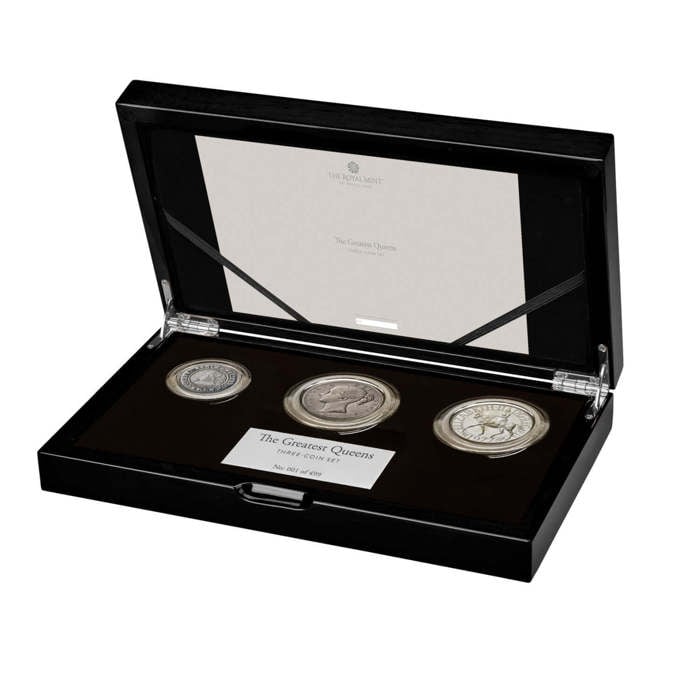
The Greatest Queens Three-Coin Set
Limited Edition 499
Price: £750.00
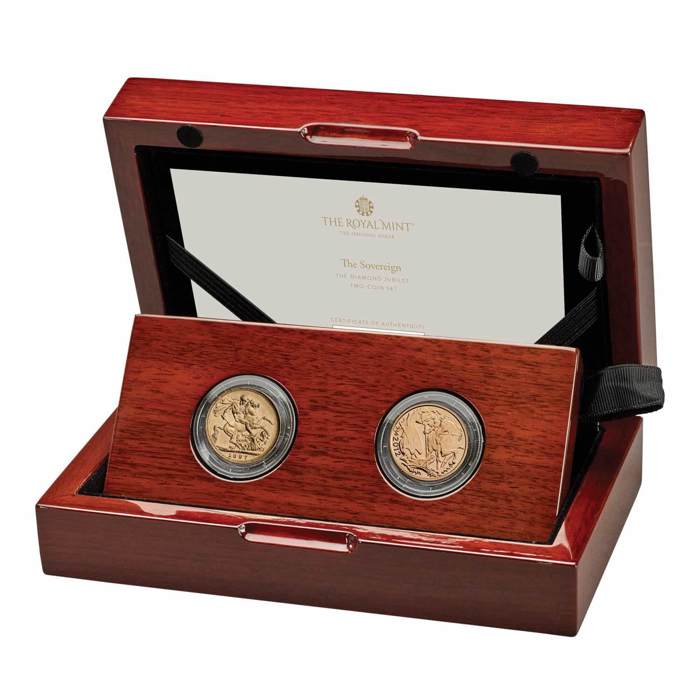
The Diamond Jubilee Sovereign Set
Limited Edition 499
Price: £1,480.00
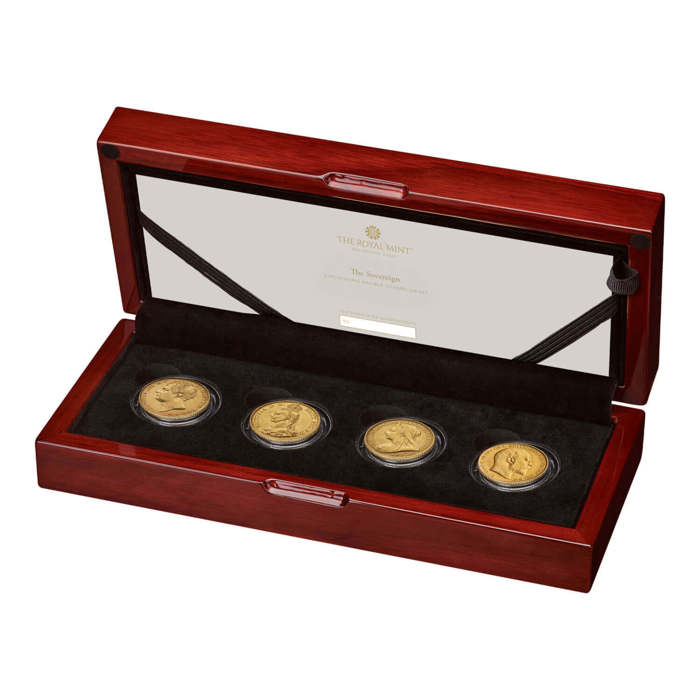
The Circulating Double-Sovereign Set
Limited Edition 20
Price: £12,995.00
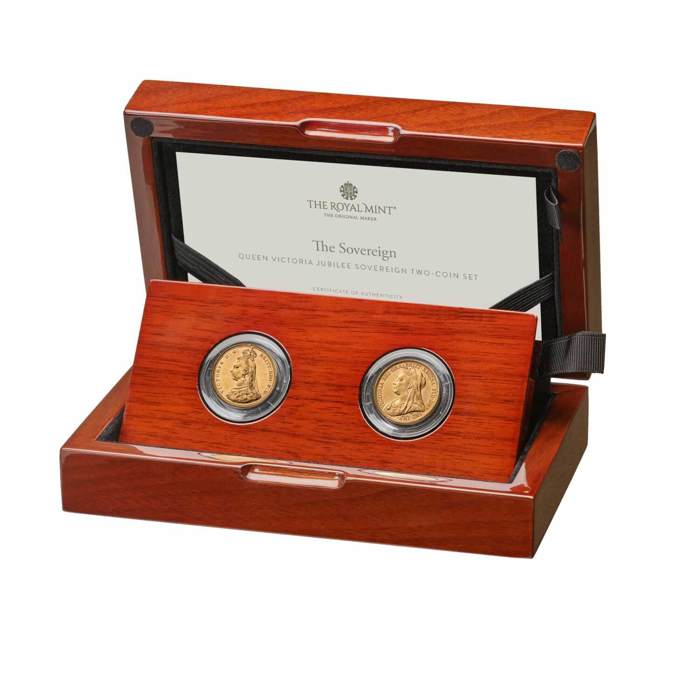
Queen Victoria Jubilee Sovereign Two-Coin Set
Limited Edition 499
Price: £1,200.00
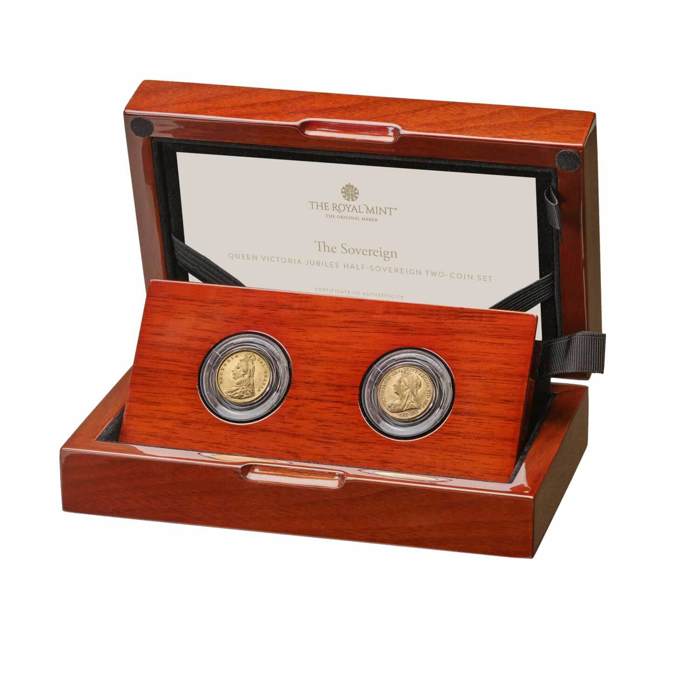
Queen Victoria Jubilee Half-Sovereign Two-Coin Set
Limited Edition 499
Price: £795.00

1889 Victoria Sovereign - London
Fine+ Condition
Price: £620.00
